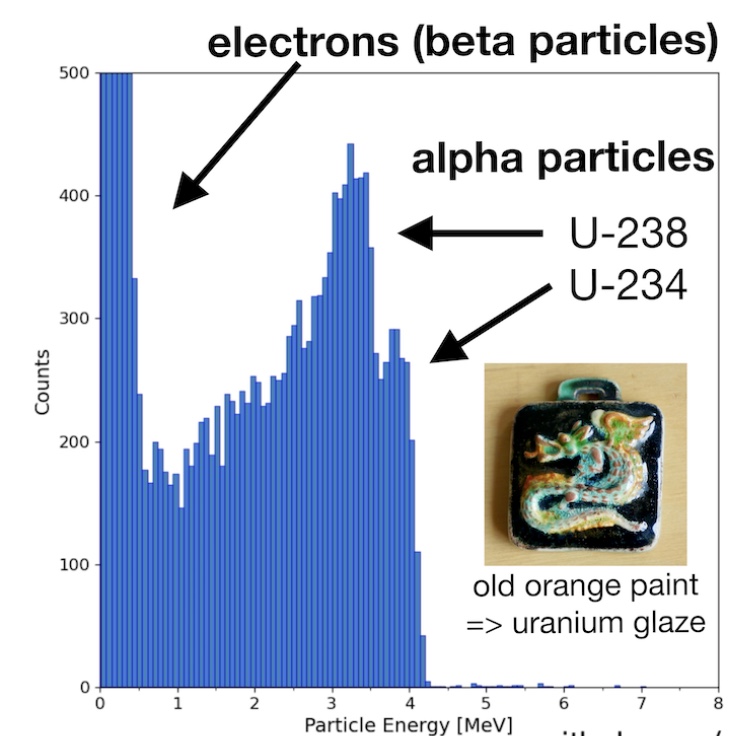DIY Particle Detector

Build your own particle detector and distinguish between different particle types.
Description
Discover how to create a DIY particle detector using silicon photodiodes, the same technology employed in professional particle and nuclear physics experiments.
Designed as an open-source project by Oliver Keller, this hands-on device enables users to detect ionising radiation (specifically alpha particles and electrons) from natural sources such as ceramics, dietary salts and even bananas. It's a perfect way to connect modern particle physics with real-world applications—ideal for citizen science, classroom exploration or independent investigation. You can learn more about the experiment and detectors used at CERN here.
Material list
Below is a list of components and tools needed to build and operate the DIY particle detector. Most parts are widely available and affordable for classroom or home use. A more detailed list, with examples of where to buy them is available at the project's wiki. You can access the wiki here.
- Silicon photodiodes (e.g. BPW34 and BPX61)
- Electronic components (resistors, capacitors, op-amps, etc.)
- Printed circuit board (order via Kitspace)
- Metal enclosure, e.g. a candy tin box or other lightproof container
- 9 V battery
- Read-out cable e.g. 3.5 mm jack audio cable
- Computer or smartphone with microphone input
- Soldering iron and solder
- Wire cutters and pliers
Instructions
There are two versions of this detector, the electron-detector variant (suggested for electronic beginners) and the alpha-spectrometer variant. To assemble them, follow the instructions provided on the project's website. You can access the website here.
Explanation
The DIY detector can be used to visualise particle energy spectra from common radioactive objects. The example below used the alpha-spectrometer varant of the DIY detector to show the spectrum of an old ceramic pendant decorated with uranium glaze.
The graph reveals a high number of beta particles (electrons) on the left and two distinct alpha particle peaks corresponding to uranium-238 and uranium-234. These measurements confirm the presence of radioactive isotopes in the glaze. Slight energy loss occurs due to the ceramic coating and air gap between the object and the detector.

Ideas for educators
- Compare radiation from different materials (e.g. salt and bananas).
- Learn about the performance of this detector by checking out the article: Keller, O., Benoit, M., Müller, A., & Schmeling, S. (2019). Smartphone and Tablet-Based Sensing of Environmental Radioactivity: Mobile Low-Cost Measurements for Monitoring, Citizen Science, and Educational Purposes. Sensors, 19(19), 4264. Read the paper here.
Related resources
- Explore cosmic radiation with a classroom-friendly particle detection activity called Cosmic SOS. You can access the activity here.